Climate Awareness in the Arctic
In northern Norway, climate innovation seeks to shrug off apathy
The unveiling of a climate art project depicting sea level rise in the Norwegian town of Sortland would seem innocuous enough in an Arctic region vulnerable to the effects of climate change. However, the Sunken House Project triggered a backlash on social media that took local authorities and lead project organizers GAIAVesterålen by surprise. The online furor even made NRK national news on 17 May 2023, putting the project in the spotlight on Norway’s National Day.
The project in question saw artist Deana Kolencikova illustrate NASA’s worst-case projections of sea level rise by 2150 by painting a 2-meter skirting of blue paint around the bottom of a somewhat rundown-looking building in central Sortland. Climate calls to action were daubed in red lettering higher up on the building’s façade.
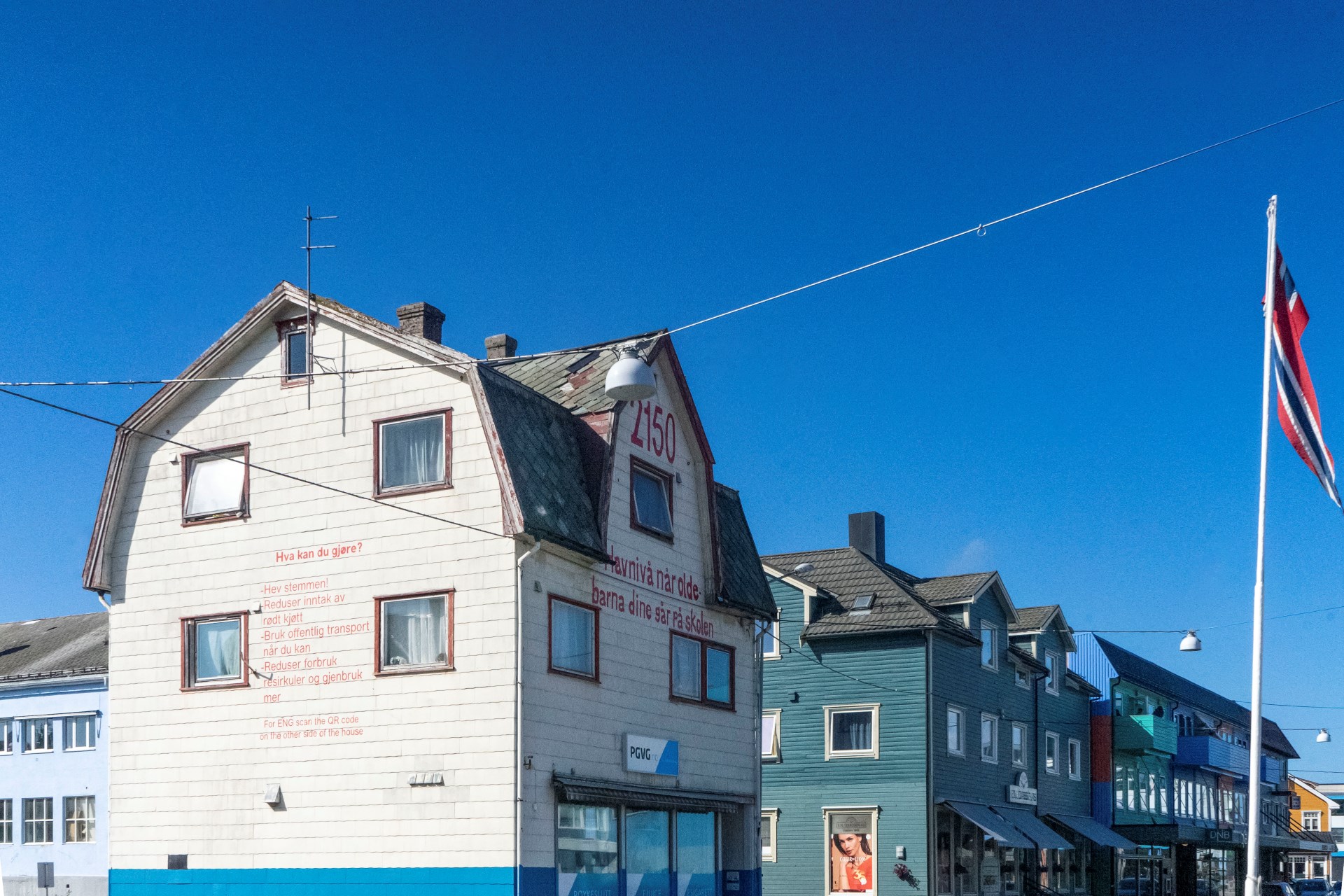
Rather than shy away from the social media response, GAIAVesterålen dug deeper by launching a local survey on climate change opinions. The survey, conducted in August 2023, found that just 54% of 739 respondents agreed with the following statement: “Climate change is mainly caused by human activity.” This was below the national average in Norway, which sits at around 61%, according to a poll carried out by the EU-funded Peritia Project. That same poll suggested that one in four Norwegians did not believe climate change was caused by humans.
A public debate followed the polls, where some of the most vociferous social media critics were invited to participate in the panel. The head of GAIAVesterålen, Ane Høyem, told REVOLVE: “We need to move the conversation from social media and all the trolling, the negativity, into arenas where we can meet face-to-face.”
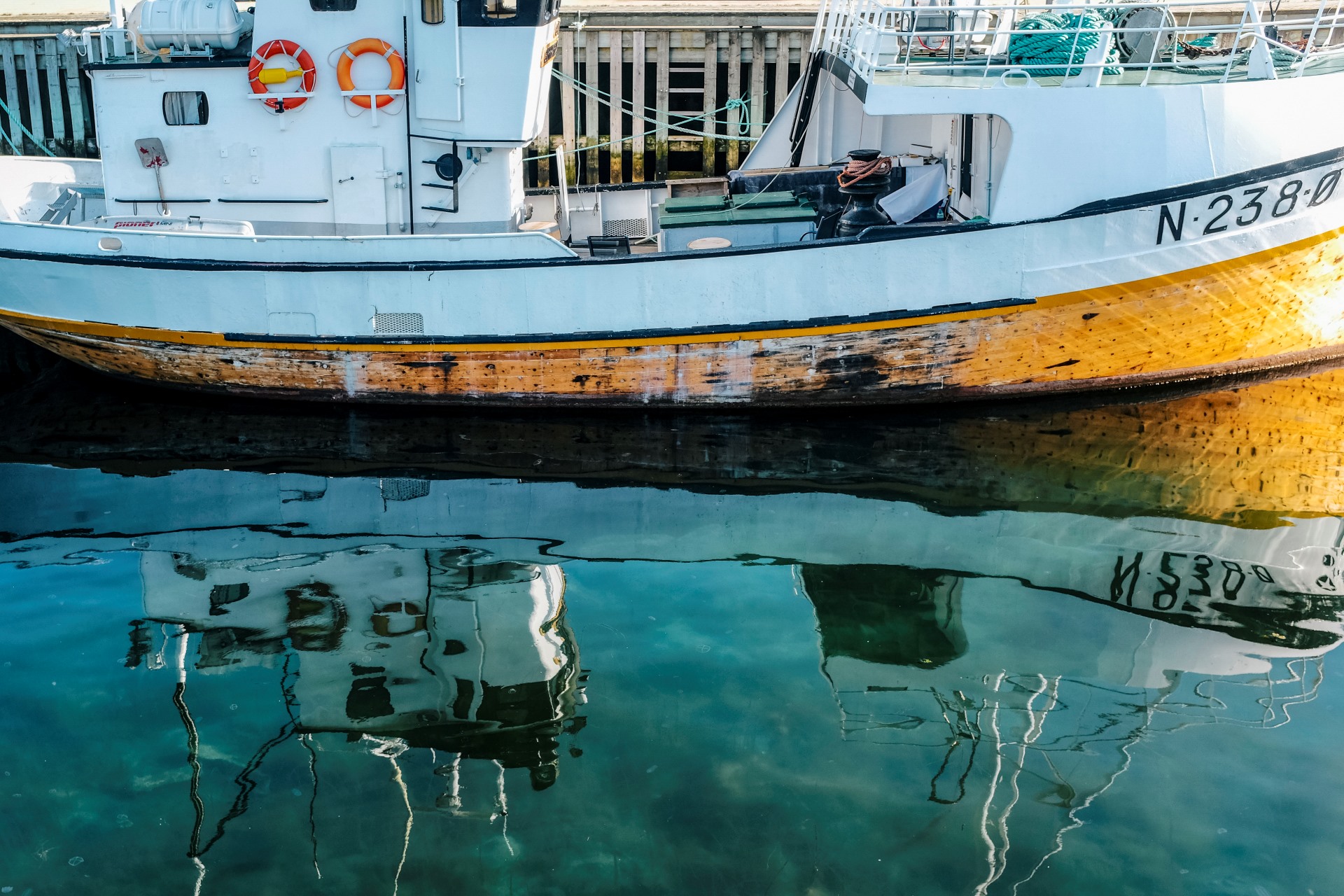
Arctic Challenges
The district of Vesterålen, where Sortland is located, sits some 200 kilometers (125 miles) above the Arctic Circle and is formed by an archipelago that juts out into the Norwegian Sea. It is home to rugged mountains, lush deciduous forests, and has access to one of the world’s richest fishing grounds, which lie just off the coast. Its bountiful seas and harsh terrain have shaped the culture here for centuries. Vesterålen is also remote, and its transport links to the rest of Norway and beyond, be that by air, road, or sea, are crucial for the local economy.
In rural areas, you see a lot of people have a tendency to have a sort of climate skepticism.
Stig Pettersen, Head of Public Affairs Andfjord Salmon.
Like other Arctic regions, Vesterålen’s most pressing climate risks involve rising sea levels, rising temperatures, and more frequent adverse weather events, all of which pose threats to local infrastructure and its two largest industries – fishing and salmon farming. Added to these challenges are social ones such as an aging population, youth brain drain, and lingering climate skepticism.
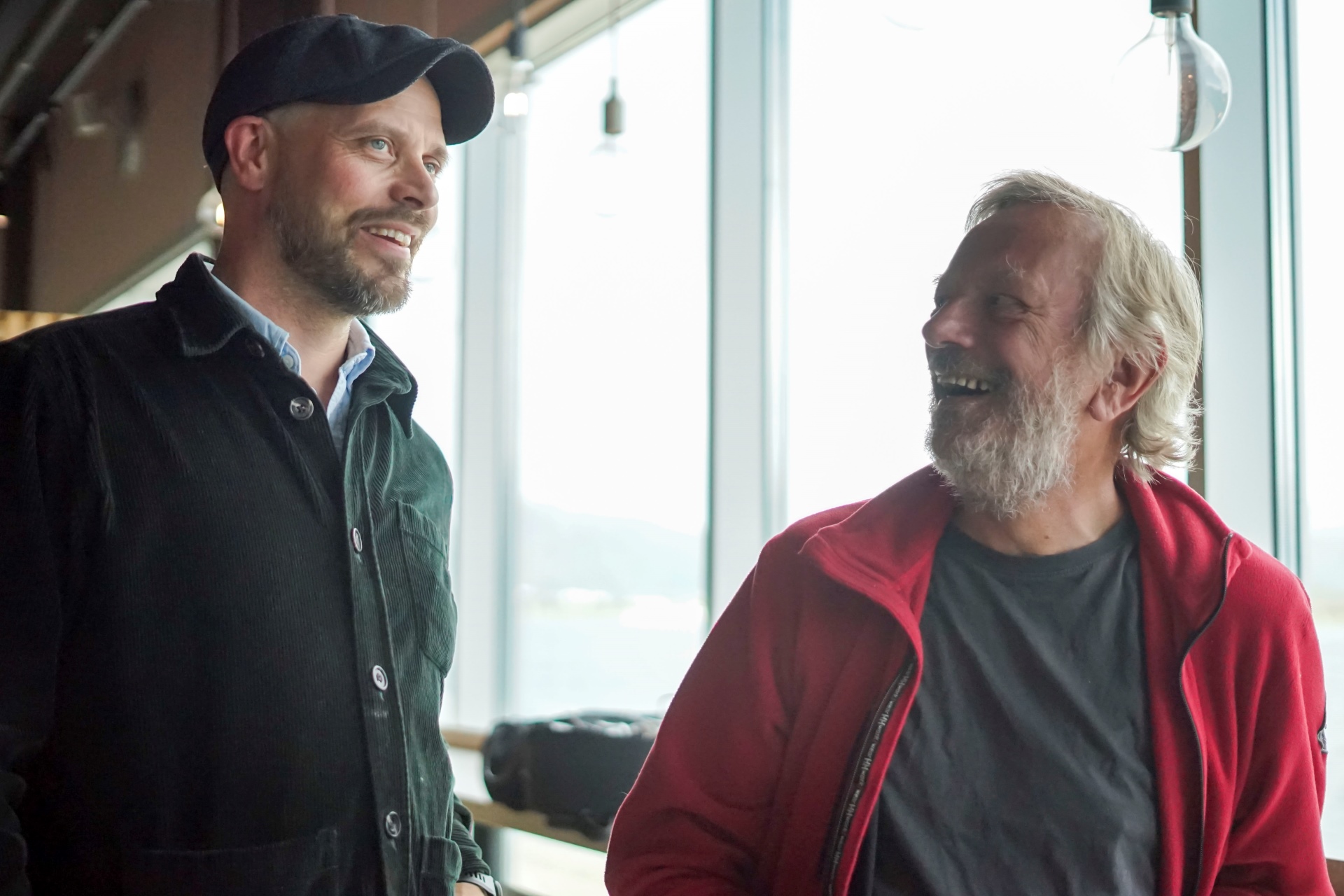
“In rural areas, you see a lot of people have a tendency to have a sort of climate skepticism,” Stig Pettersen, head of public affairs at Andfjord Salmon, a leading company in innovative, land-based aquaculture, told REVOLVE. “They end up saying ‘it’s always been changing, the weather has been changing and nature is always in a mode of change,’ which is correct, but it’s just happening more rapidly and it’s more extreme.”
Stig accompanied REVOLVE to a local shopping mall to interview some members of the public for a small glimpse of climate change sentiments in Sortland. Those willing to talk expressed a full spectrum of views, from complete apathy to tentative agreement and passionate activism.
Maria, who was having coffee with her young daughter Cornellia, said she wasn’t worried about climate change because she felt she didn’t “know enough about it.” In another café with a sea view, Per Steiro, an older man from the area, expressed his concerns about climate change but caveated his statements with doses of doubt.
Without the climate, you cannot have money.
Alexandra, student, Sortland.
“It is said, among other things, that the temperature of the seawater has risen, and some scientists claim that is this the reason why the fish keep migrating further north and suddenly run the risk of being out of the Norwegian Economic Zone. But then again that’s a researcher’s claim…It is interesting to see how long until another report comes out claiming the opposite.”
Alexandra, a local student, was much firmer in her beliefs when asked if she was afraid of climate change, responding: “Yes, I’m very much afraid, I don’t feel as though politicians care so much about climate change today, they only really care about oil and money.”
She elaborated: “Of course, money is an important resource, we need money to have a responsible future, but we need to put the climate first because without the climate we cannot have money.”
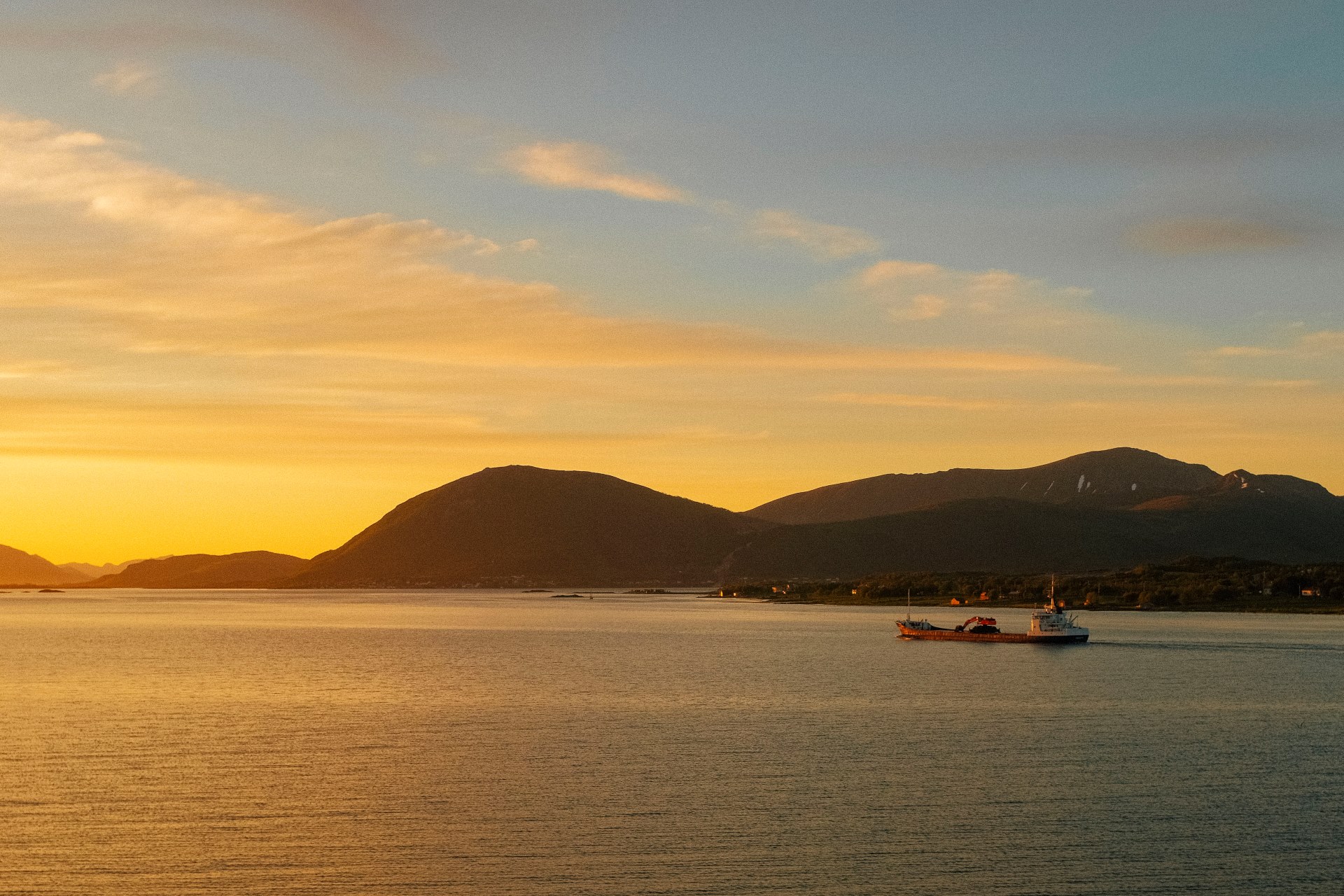
Building Bridges
When it comes to climate action, Vesterålen is technologically and economically advanced, but one of the core hurdles for local authorities is to build a stronger connection with the population. Local partners GAIAVesterålen, part of the Museum Nord network, Andfjord Salmon, and the Regional Council (Vesterålsrådet) are working towards exactly that as part of the EU co-funded RESIST Project in the region.
RESIST has really highlighted the climate issue here in Vesterålen.
Ane Høyem
These activities revolve around four aims — to further develop the GAIAVesterålen with the implementation of Virtual Reality and Augmented Reality models to illustrate the effects of climate change; to demonstrate the effects of climate change on the marine industry; to improve planning for the future; and to share knowledge. One of the tools already in the prototype stage is a hi-tech model of Vesterålen that can display interactive data ranging from sea level rise to live fishing data.
“RESIST has really highlighted the climate issue here in Vesterålen. Before we started RESIST, it wasn’t that high up on the agenda. I think it’s going to be a ‘before and after’ when it comes to how we tackle climate issues just because of RESIST and everybody coming here together and discussing this is in Vesterålen, I think shows a very powerful message,” Høyem, of GAIAVesterålen, told REVOLVE.
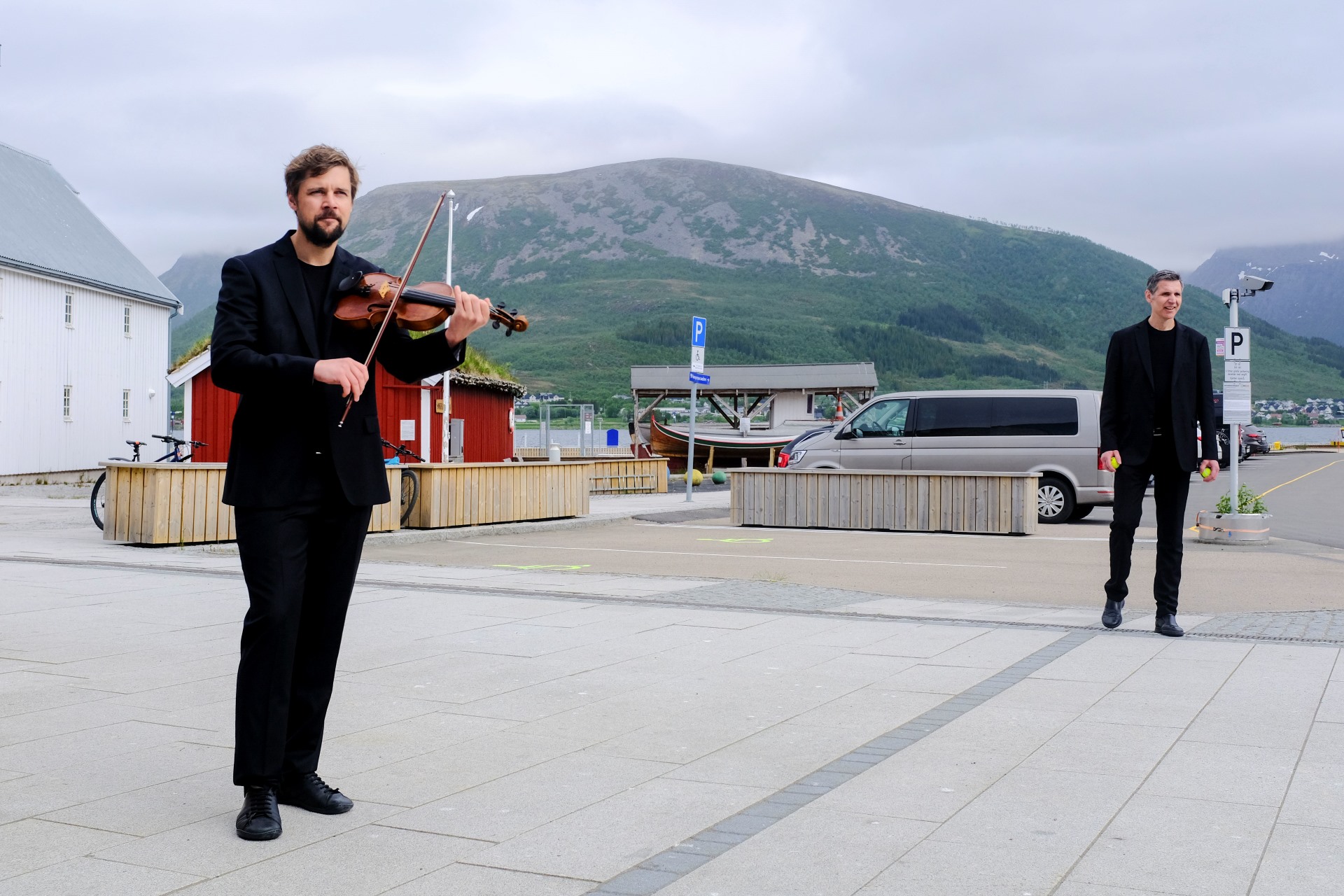
Another major milestone in these joint efforts was the hosting of the GAIA Arctic Summit in Sortland from 6-7 June, which saw a wealth of high-level speakers from a broad range of sectors including banking, industry, and climate activism come together and place a spotlight on the region’s climate efforts.
“It’s been a dream of ours come true because we need arenas like this where we meet face to face and talk about how we are going to tackle the climate crisis,” Høyem said after the Summit wrapped up. “It’s not enough to have innovation and research in the big cities, I think it’s also important that we do it in regions like Vesterålen because this is where the change needs to happen.”
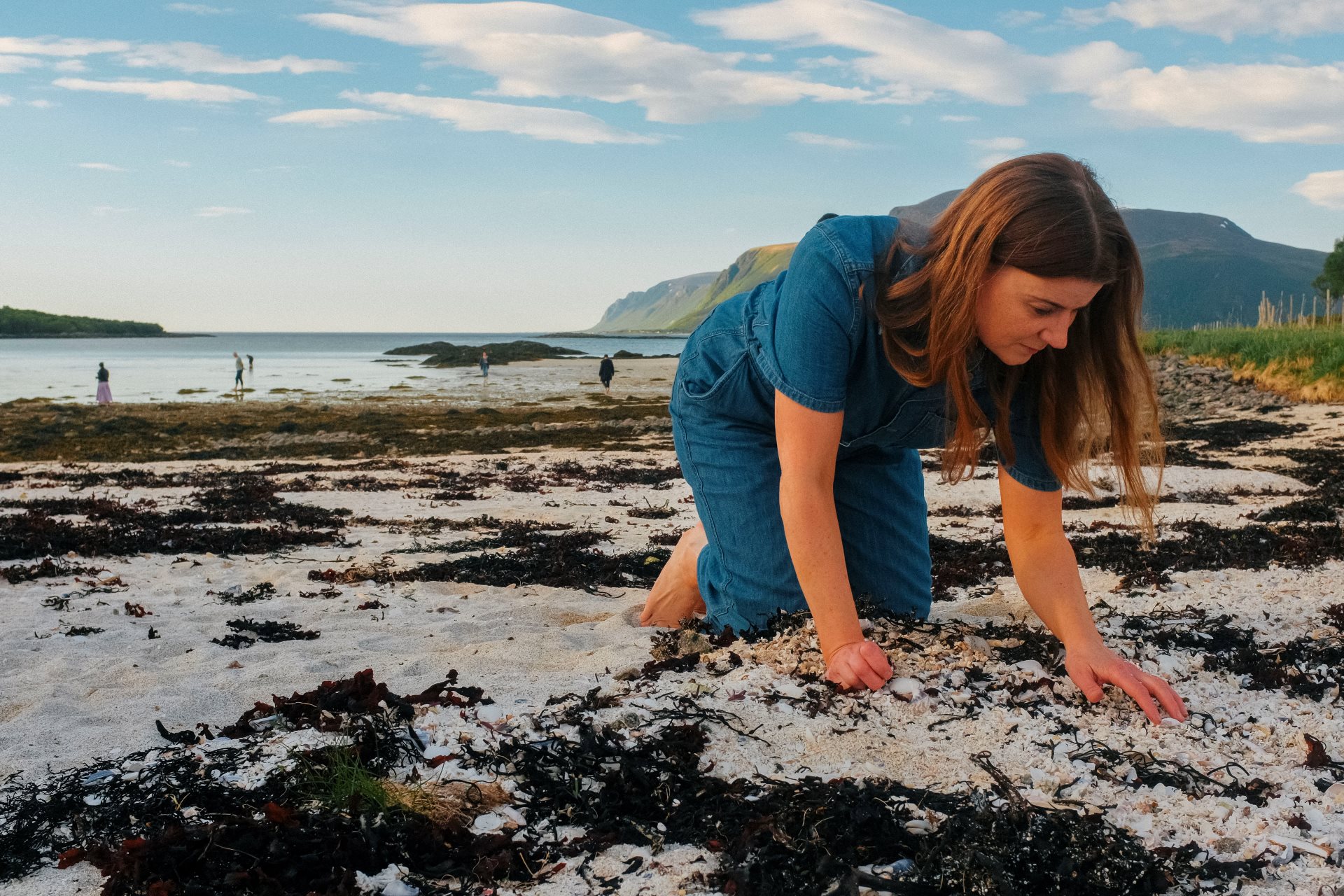
Love to live
While there might be divisions when it comes to politics and climate views, one thing that people in Vesterålen share is a sense of pride in their home. Grete Ellingsen, Sortland’s mayor and Regional Council member, expressed this sentiment during a trip to a pristine beach just north of the town, where she took REVOLVE looking for shells and baby sea urchins.
“It’s maybe five days each year that I think about maybe not living here because I love living here. It’s so beautiful every day. The light, the nature, to be so close to nature, freedom, and fresh air,” she said in an interview. “I really think it’s a privilege and I’m happy that my kids got to grow up here.”
Pettersen, of Andfjord Salmon, felt the same: “You’re close to nature, you’re close to the elements, and you’re close to the seasons, and I love that, and I would love to see my children experience the same growing up here.”
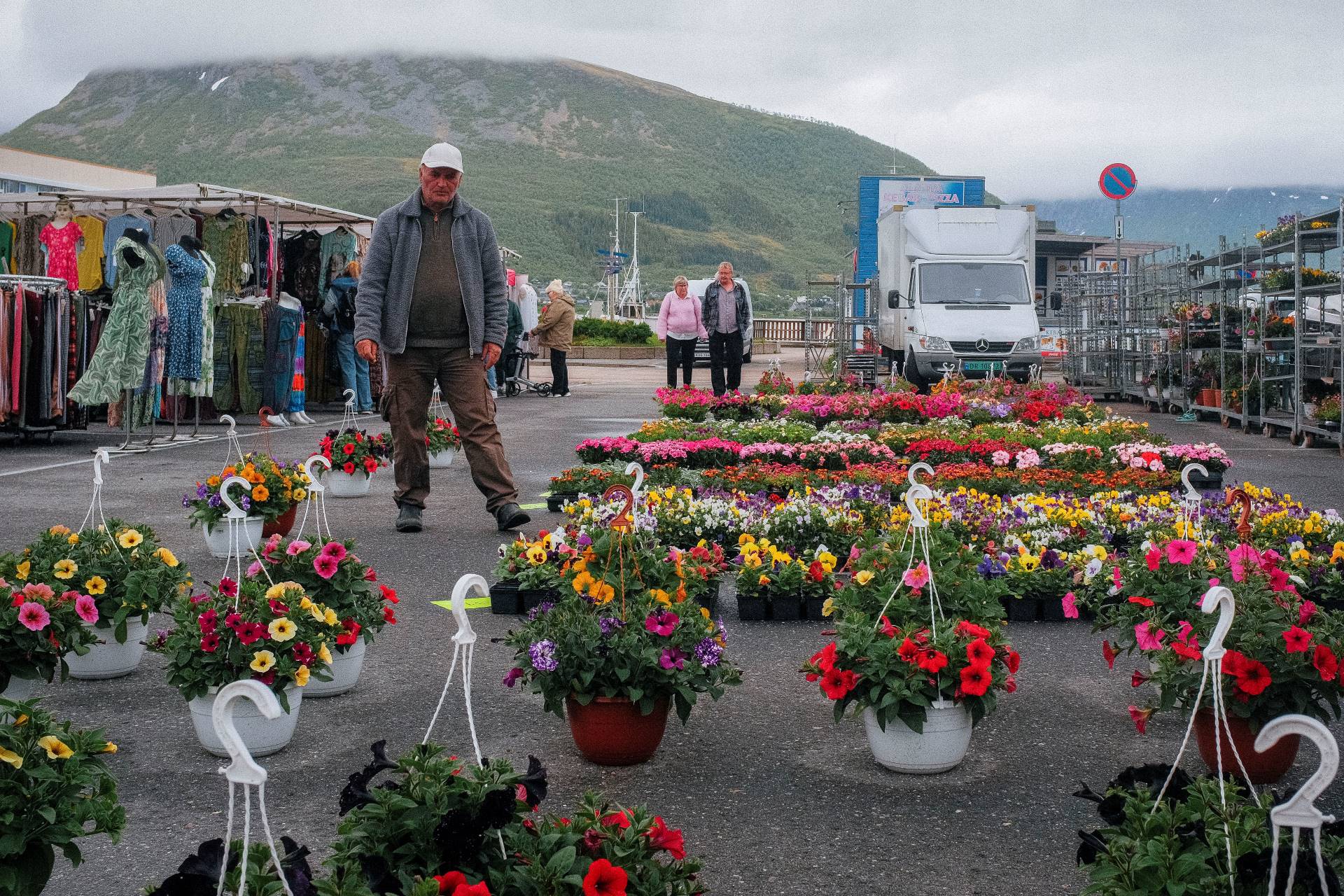
It is this feeling that gets to the core of climate actions in Vesterålen. Building a more climate-resilient society goes far beyond stronger infrastructure and business adaptation, it is necessary to provide opportunities for generations to come. As part of its involvement in RESIST, Vesterålen will share its experiences and learn from Extremadura and Central Portugal, which although located at the opposite end of the continent, face similar social challenges when it comes to youngsters.
“I look very positively to the future, and we’re going to build strong societies and places to live in the north, where we actually love to live,” Ellingsen added. “And it’s going to be a real possibility for my kids and all the kids growing up here to come back and live good lives.”
